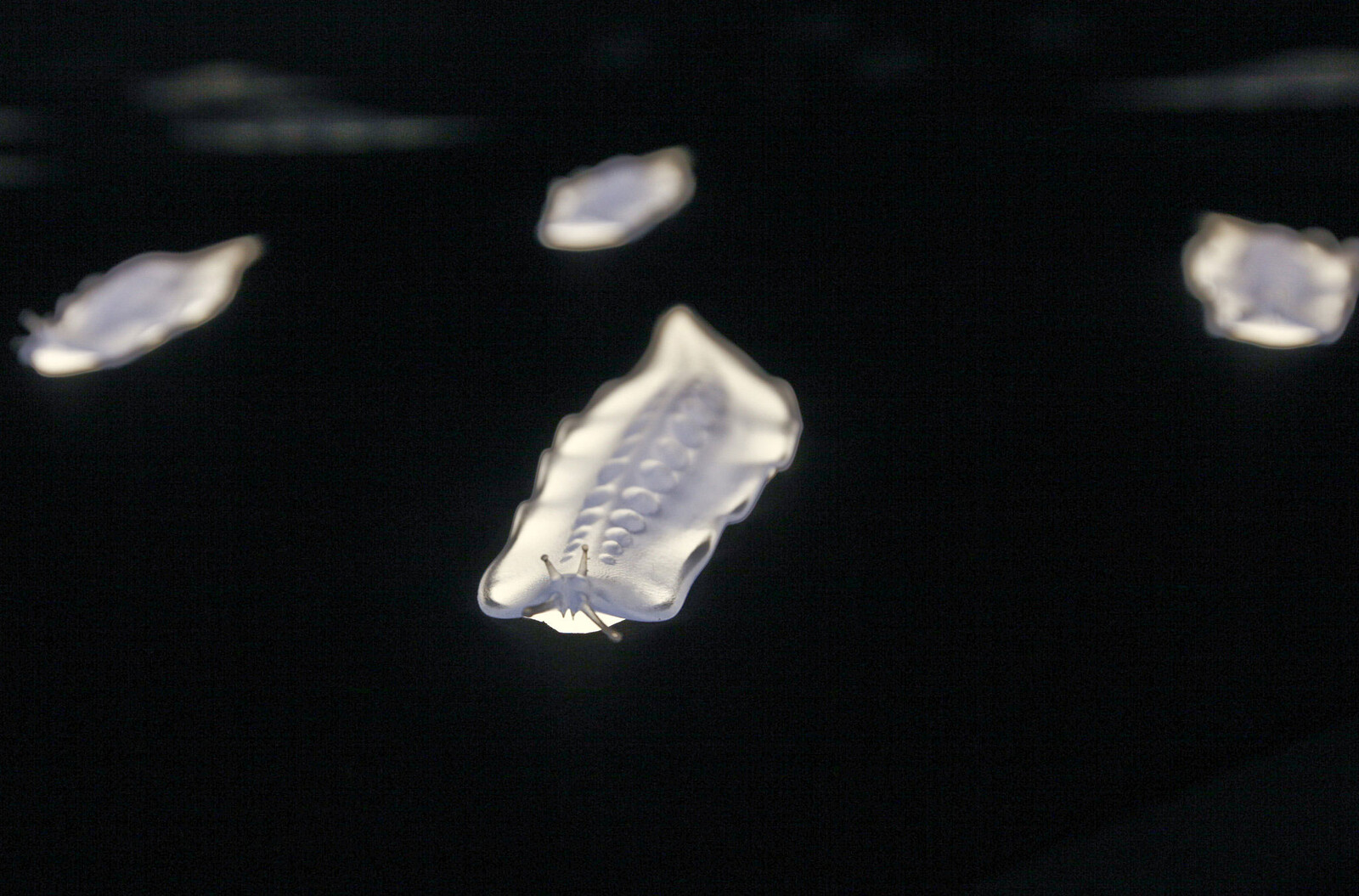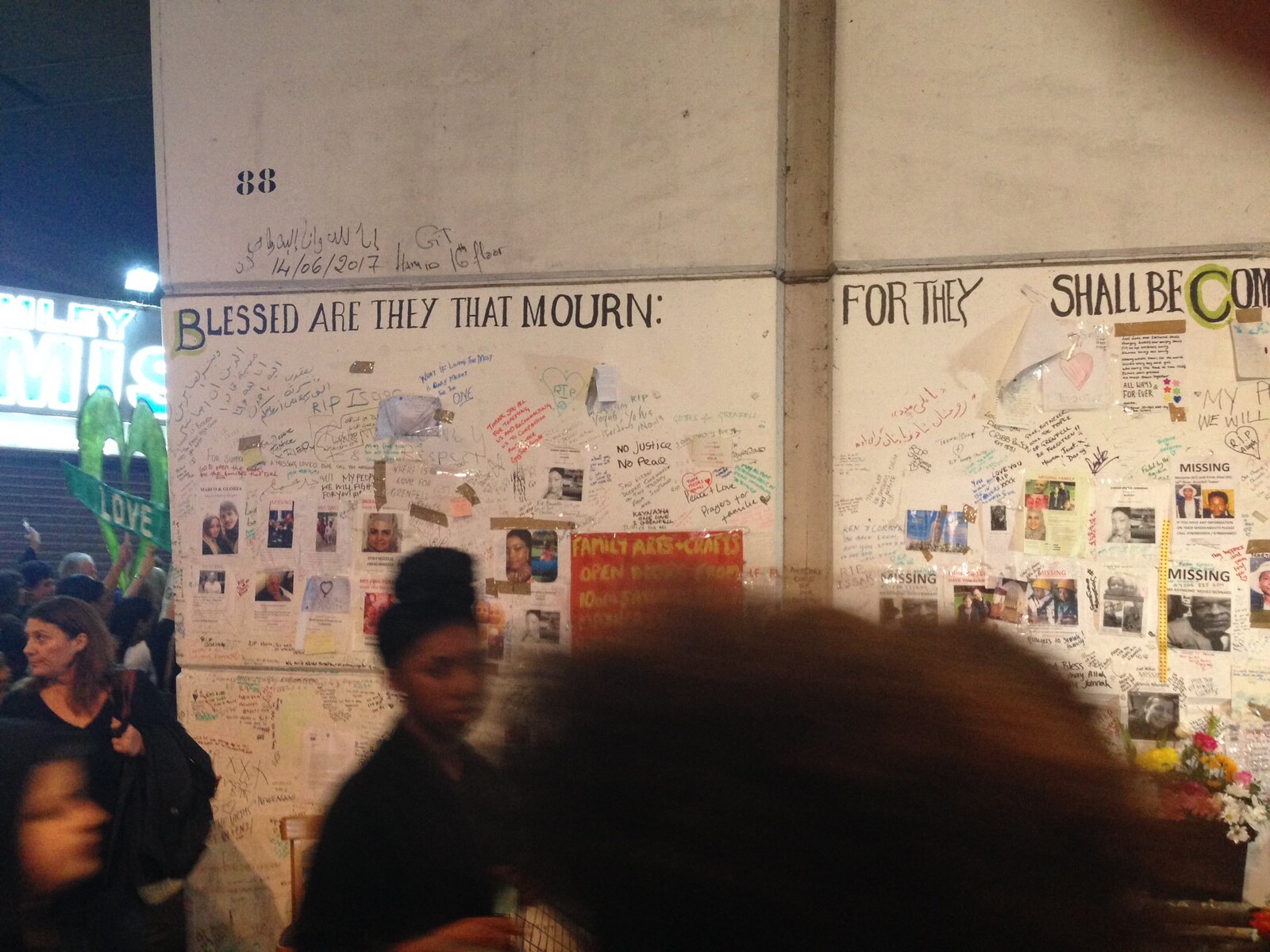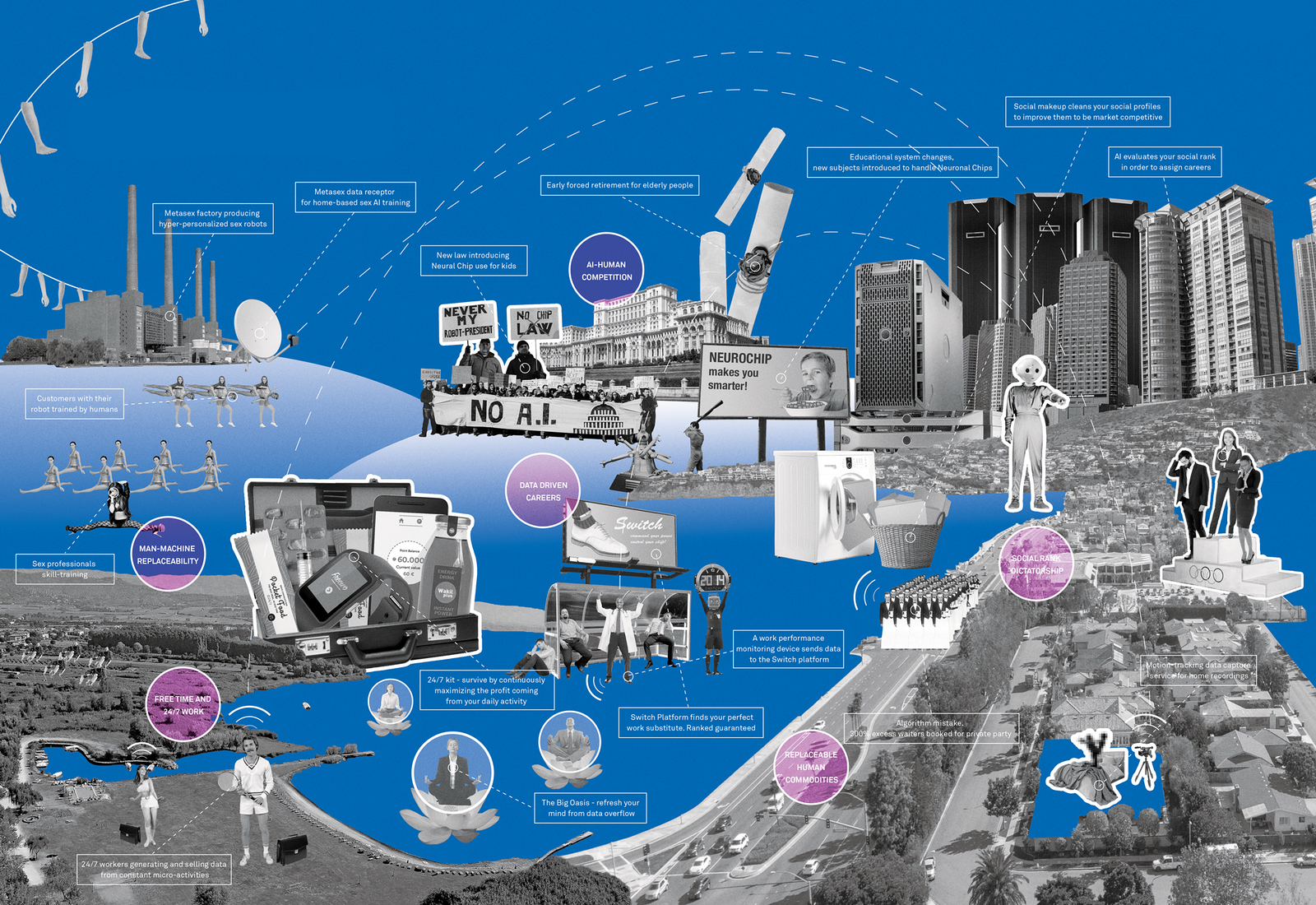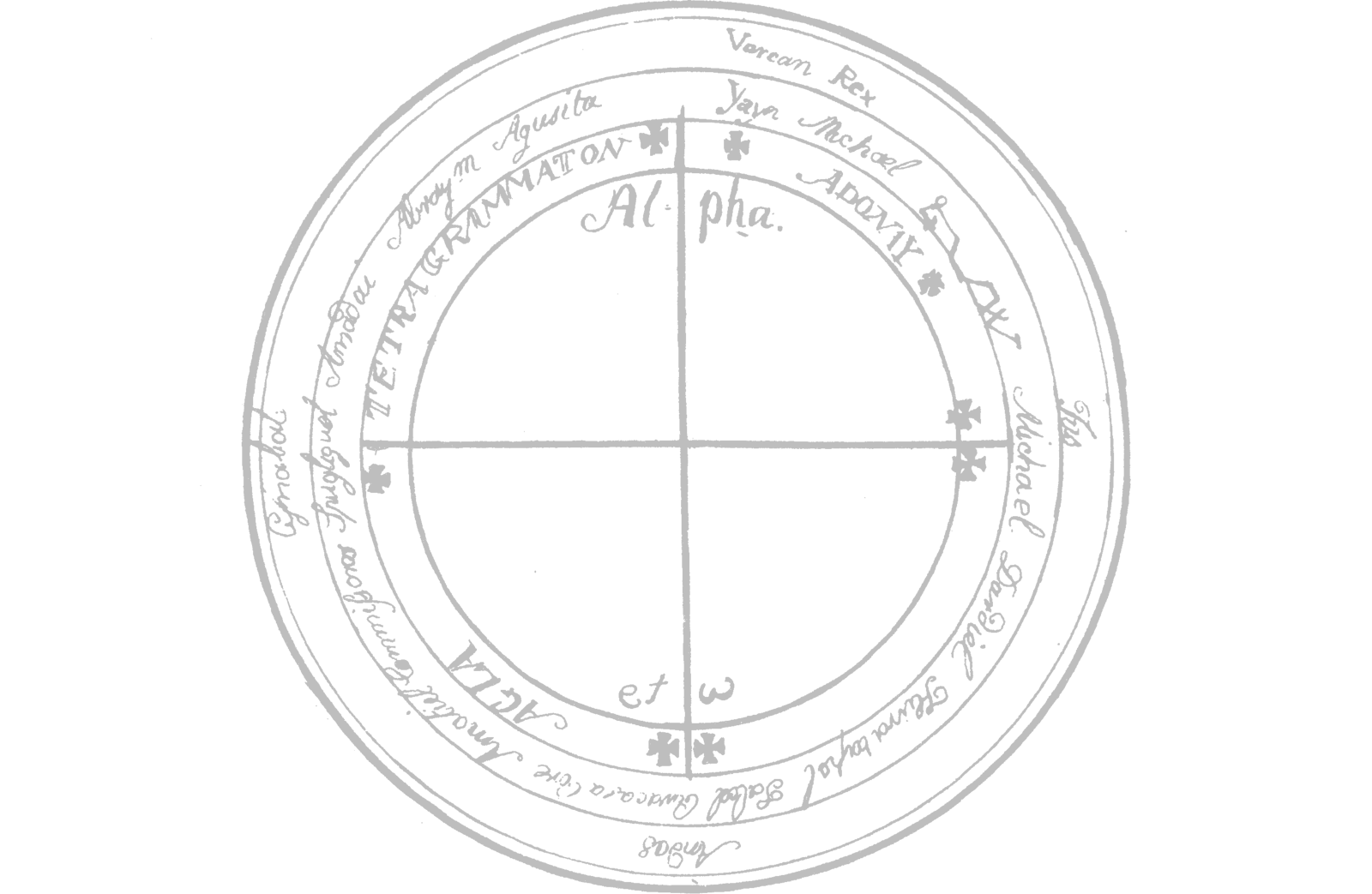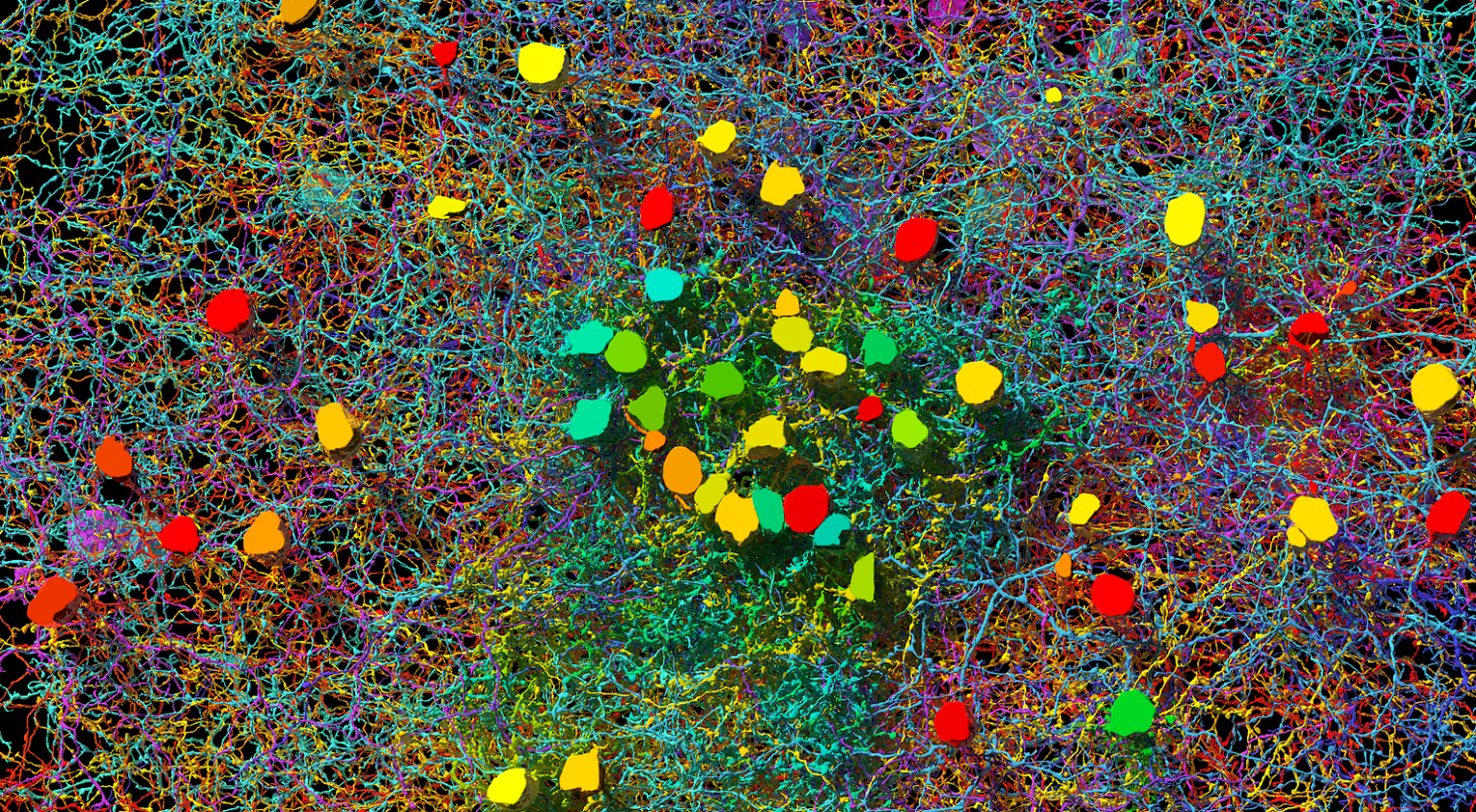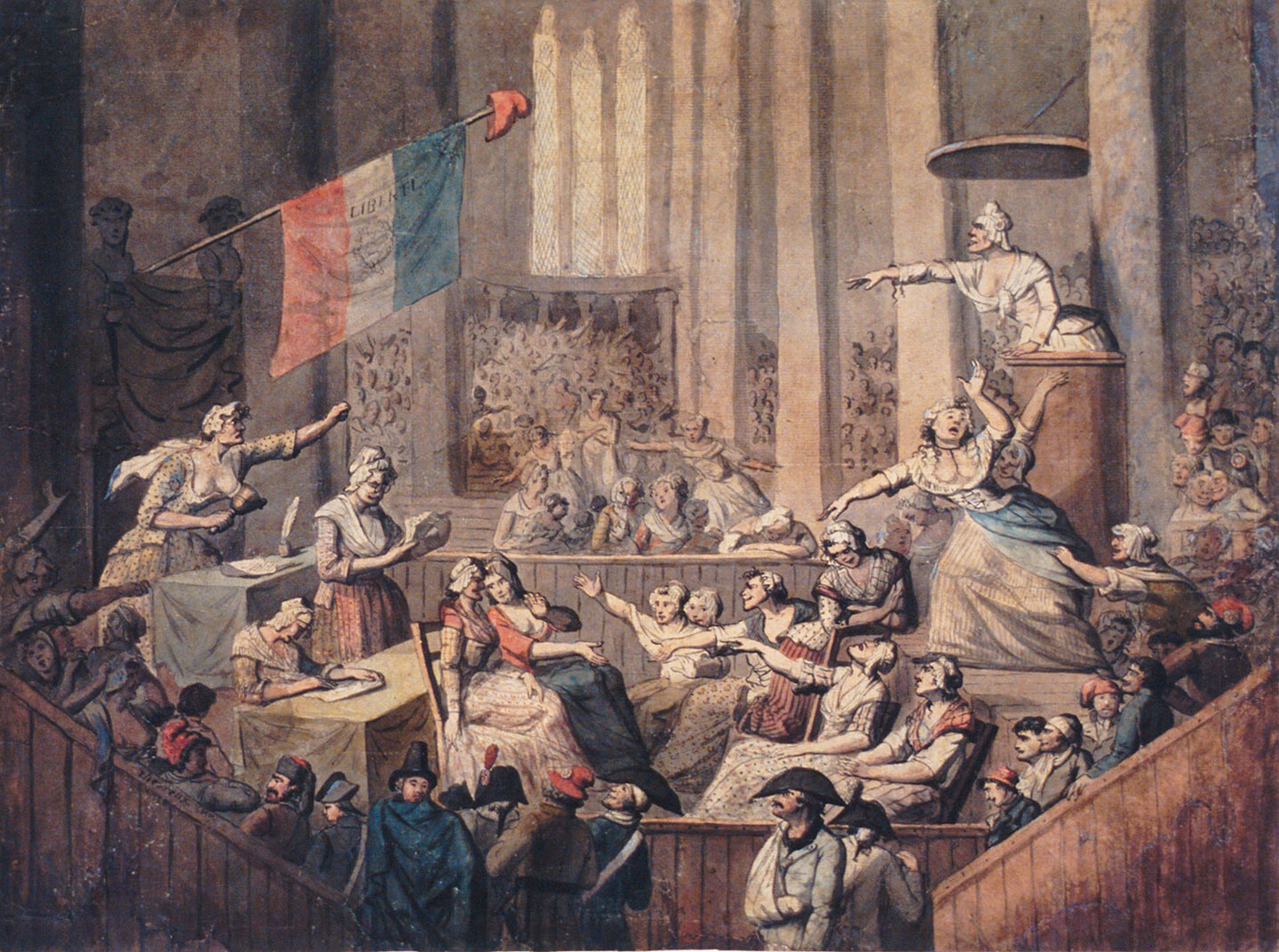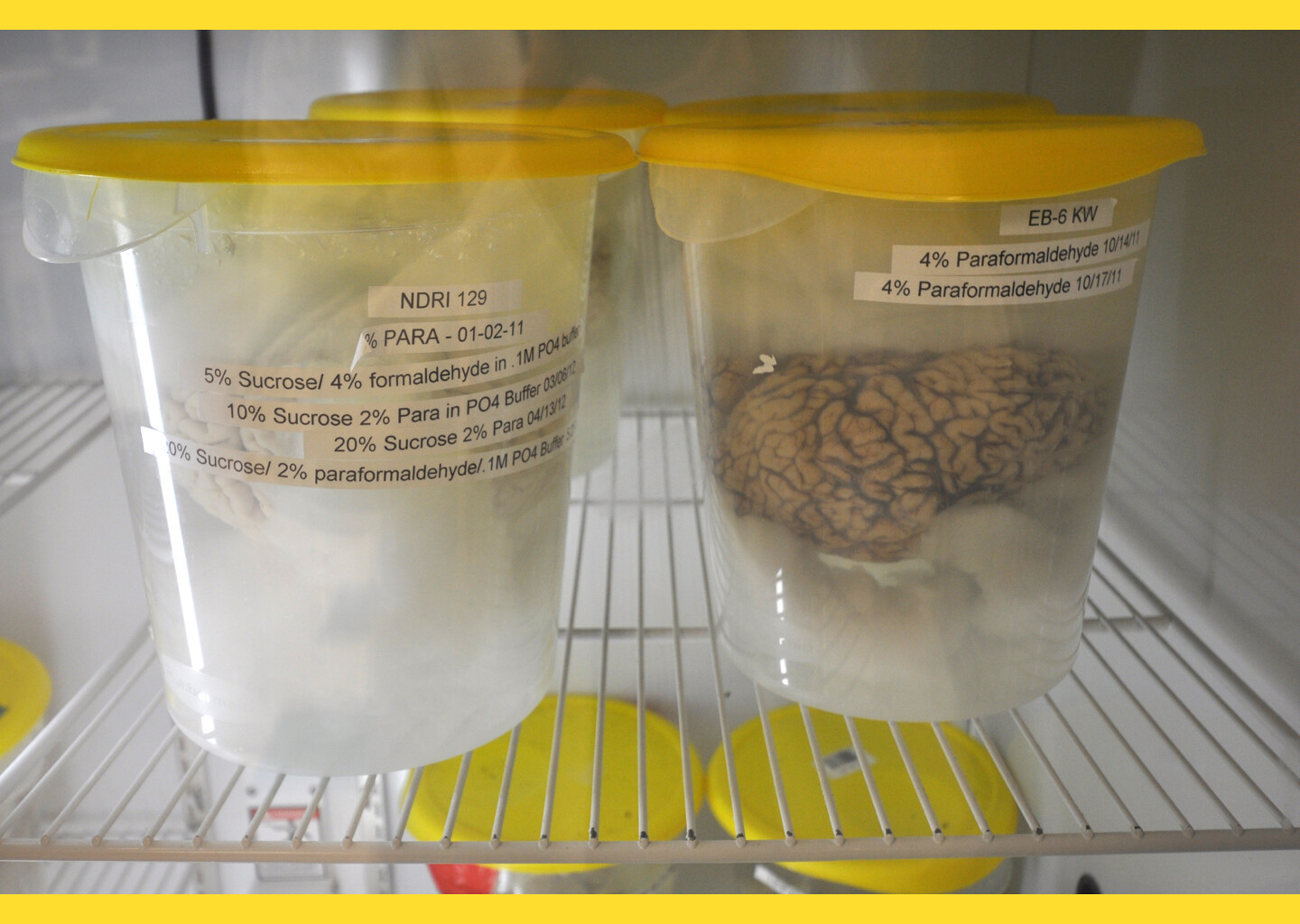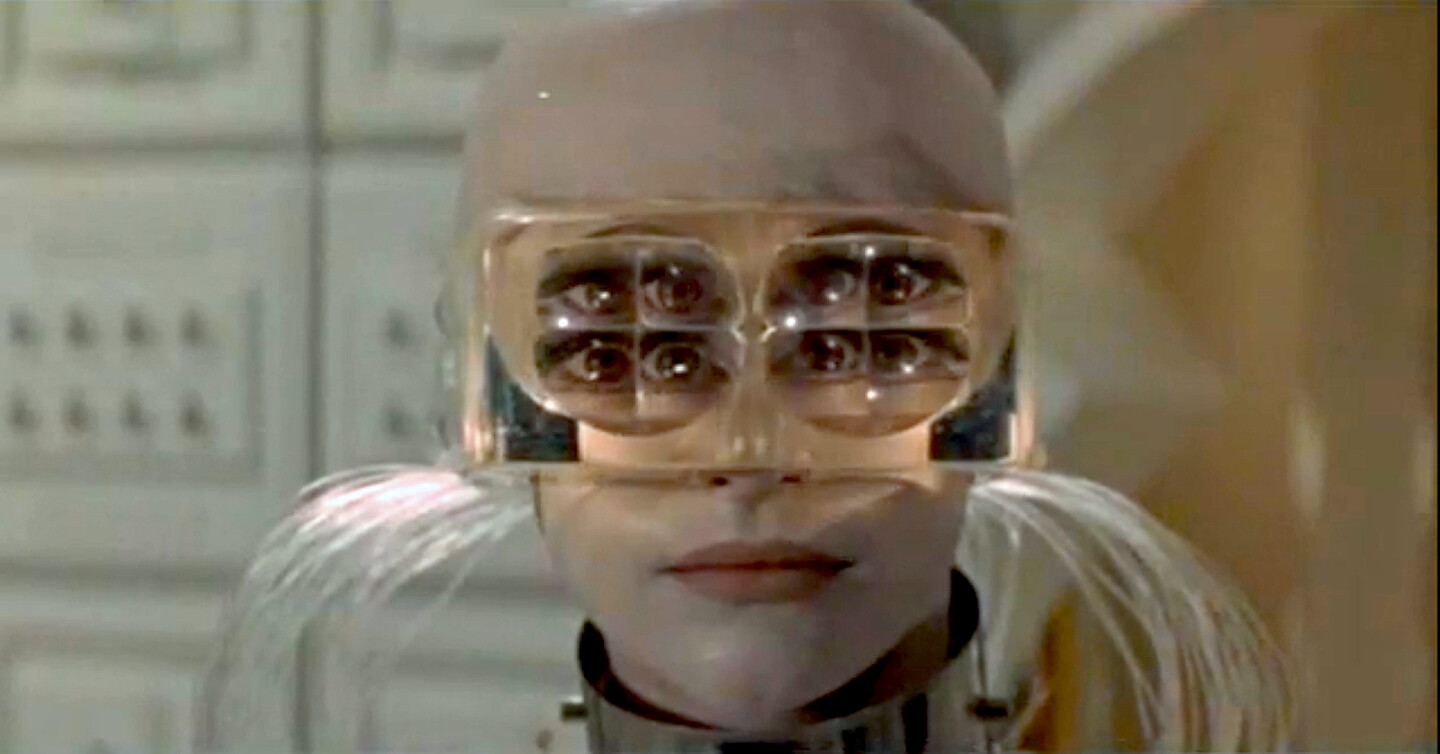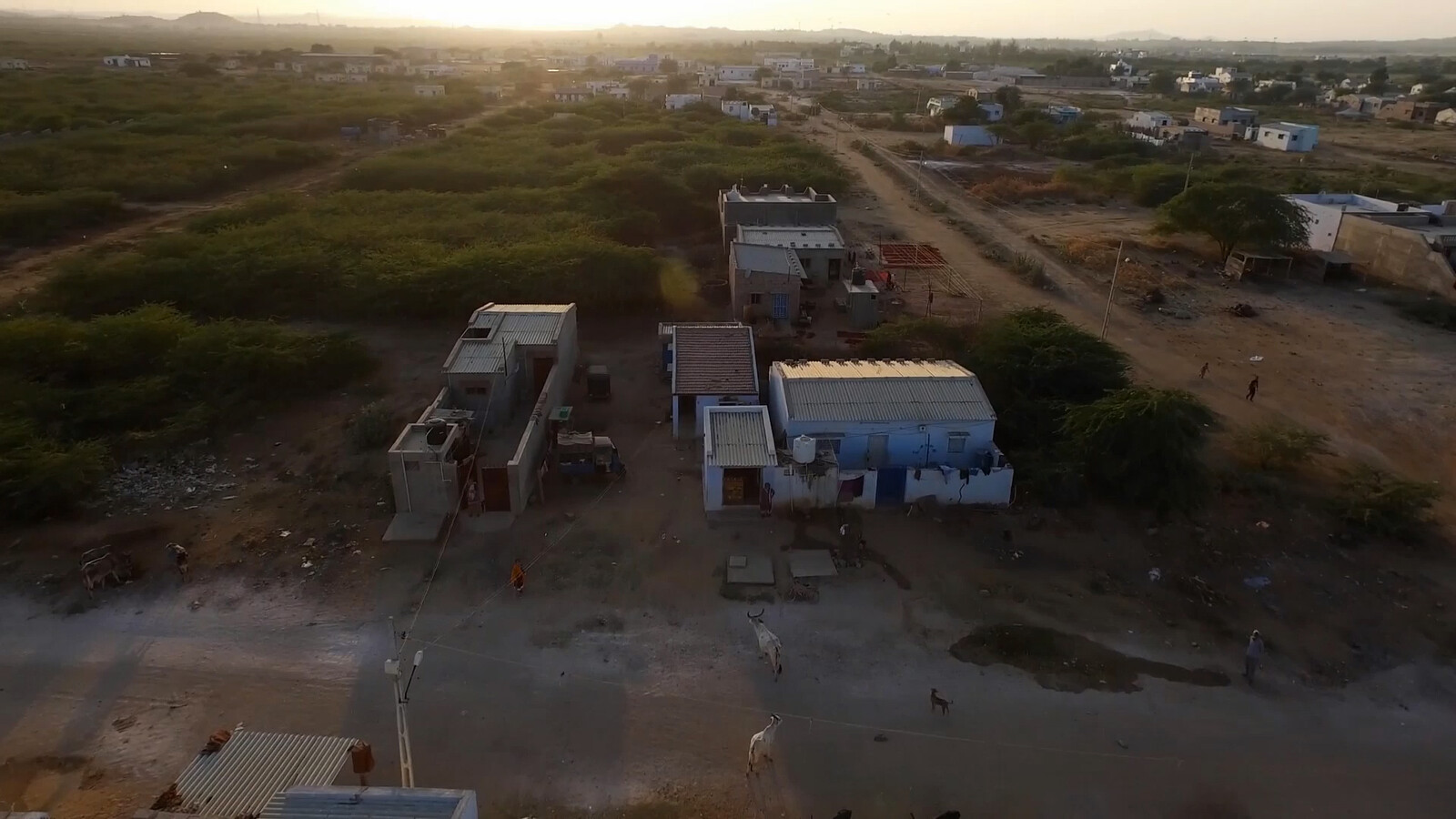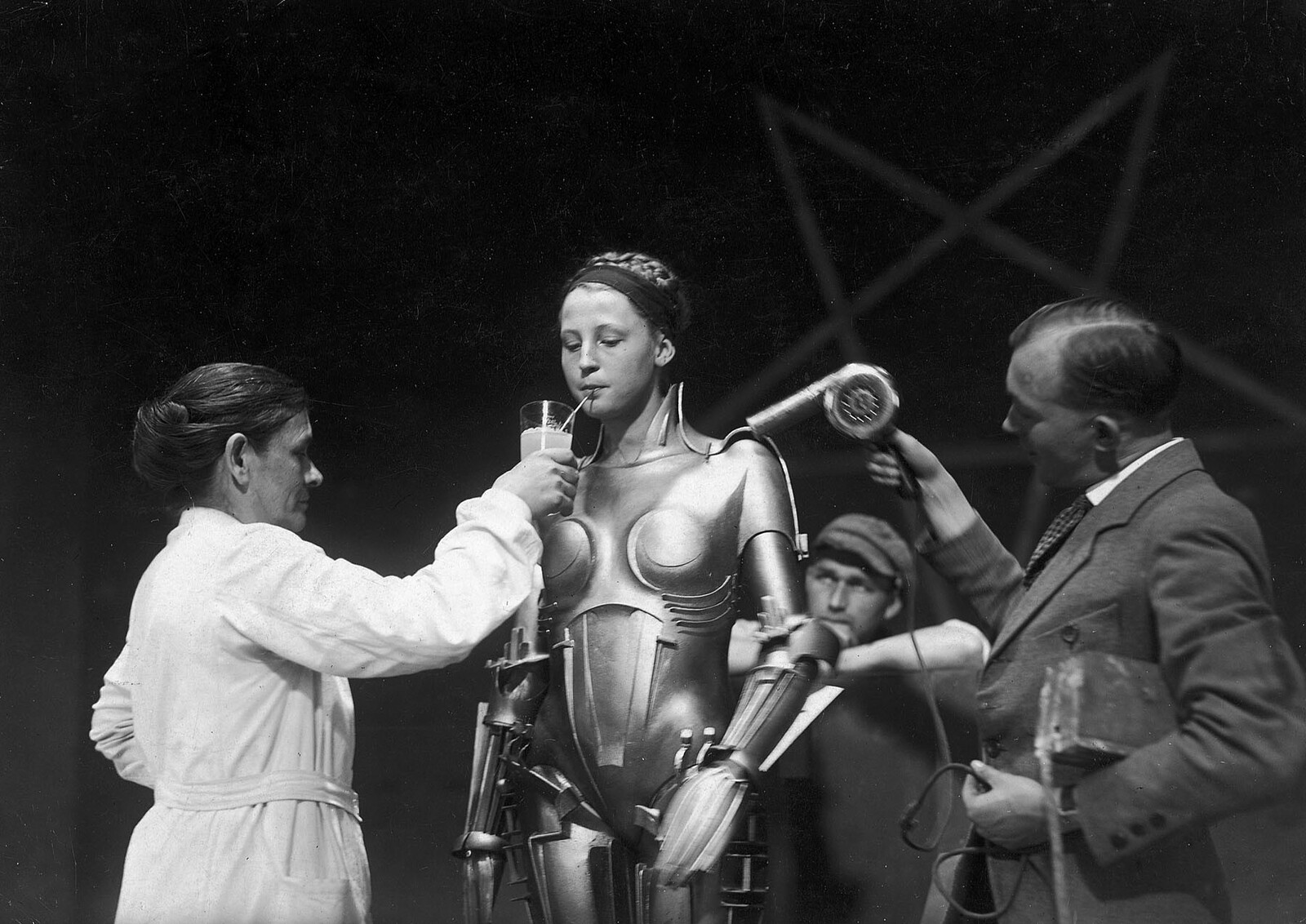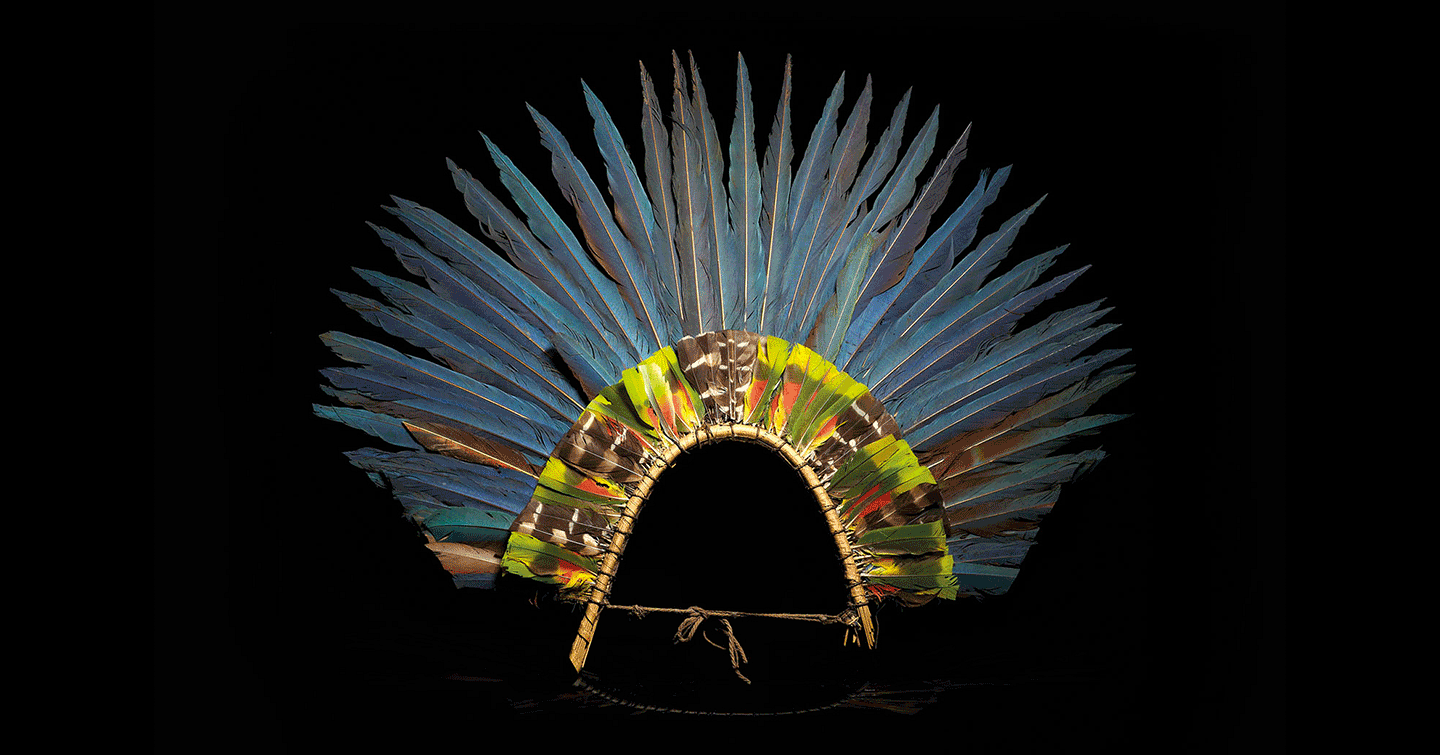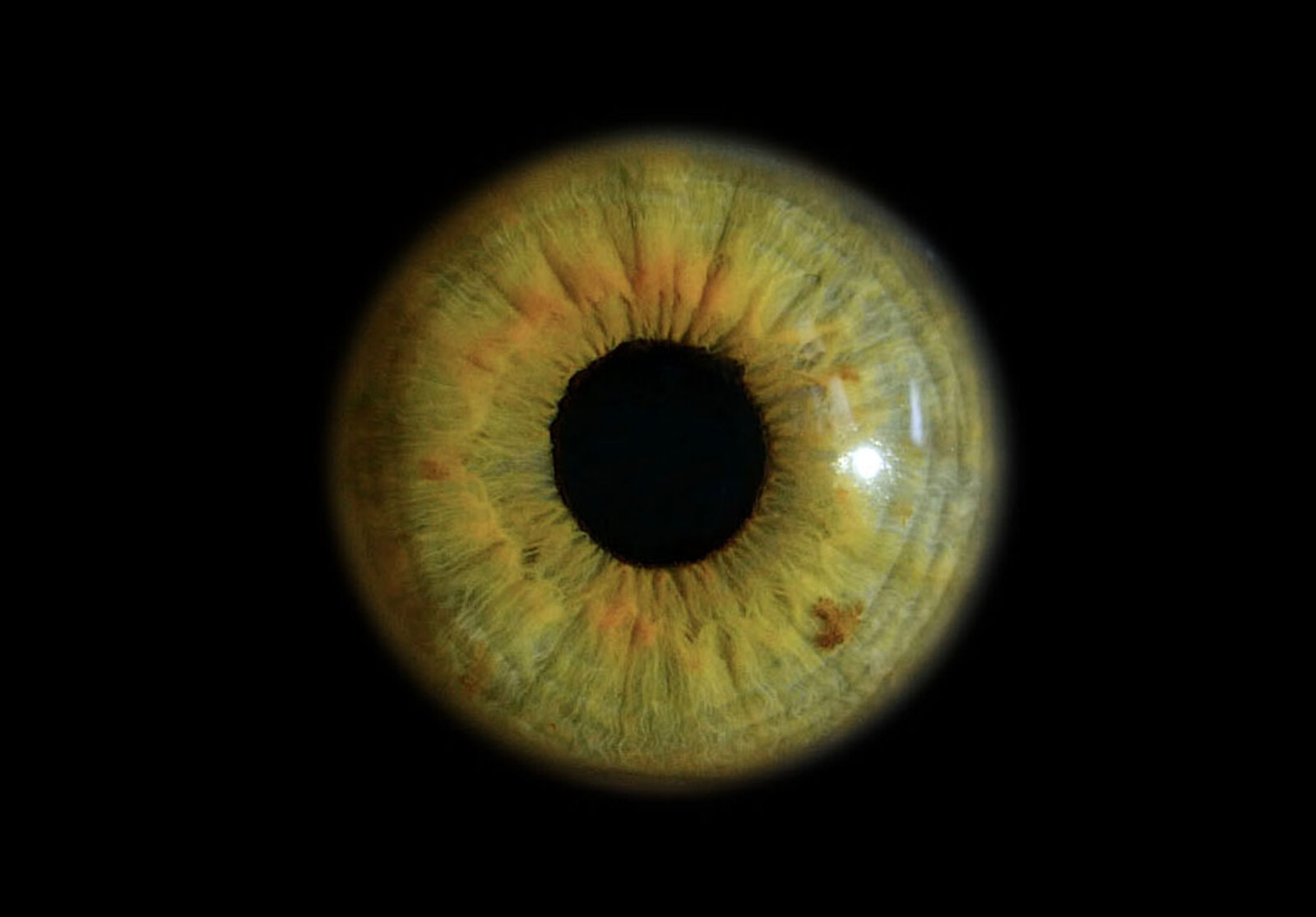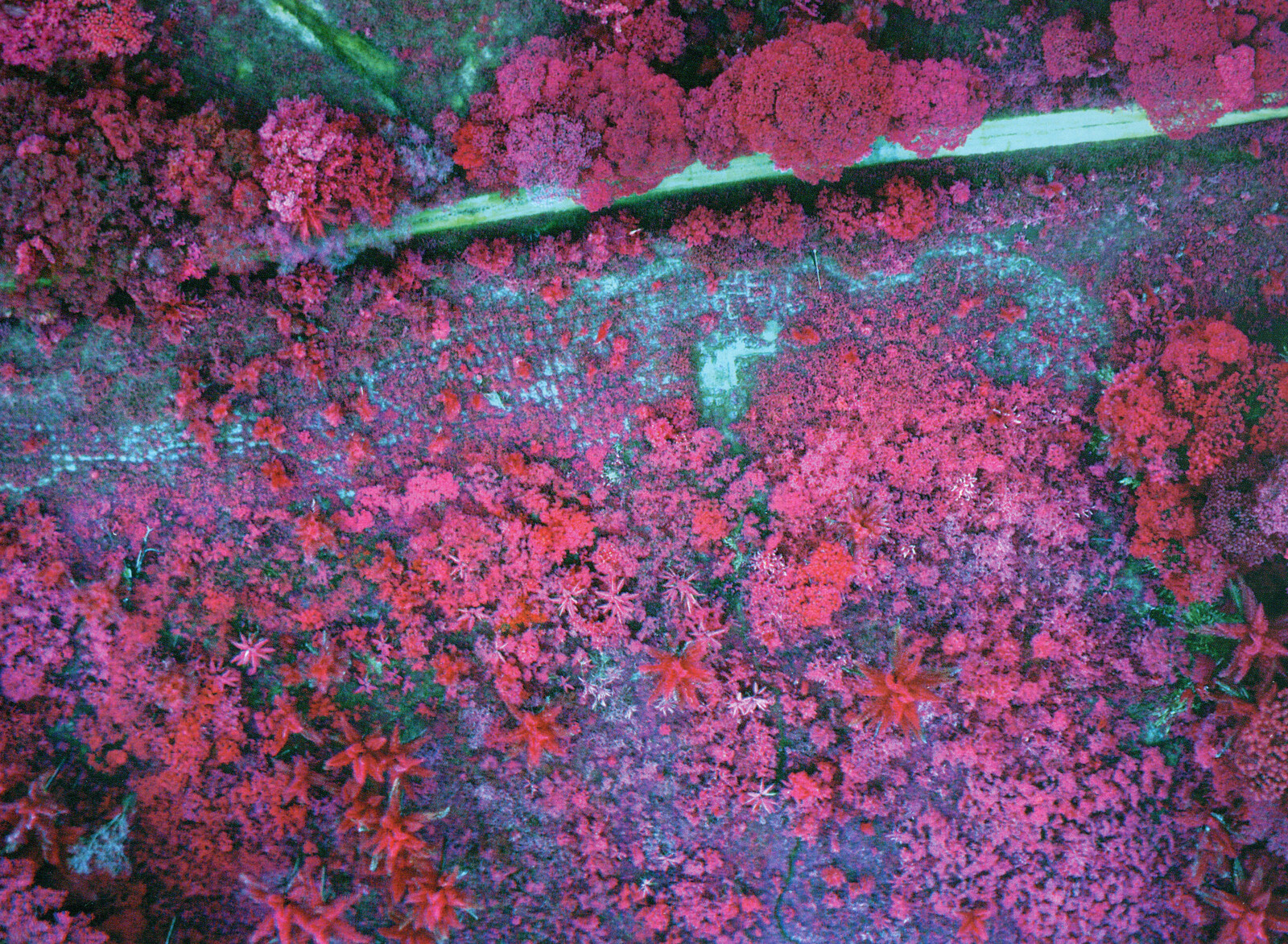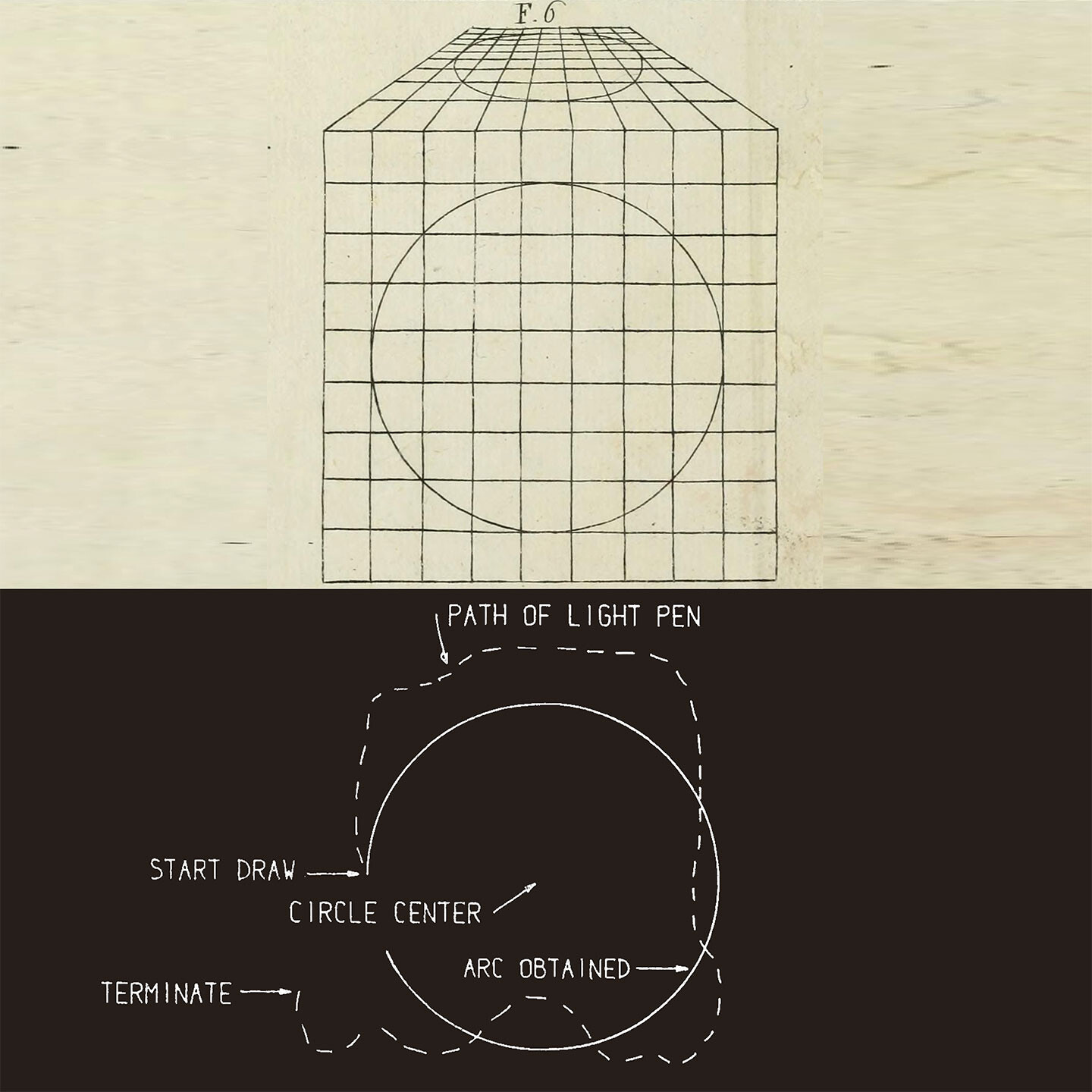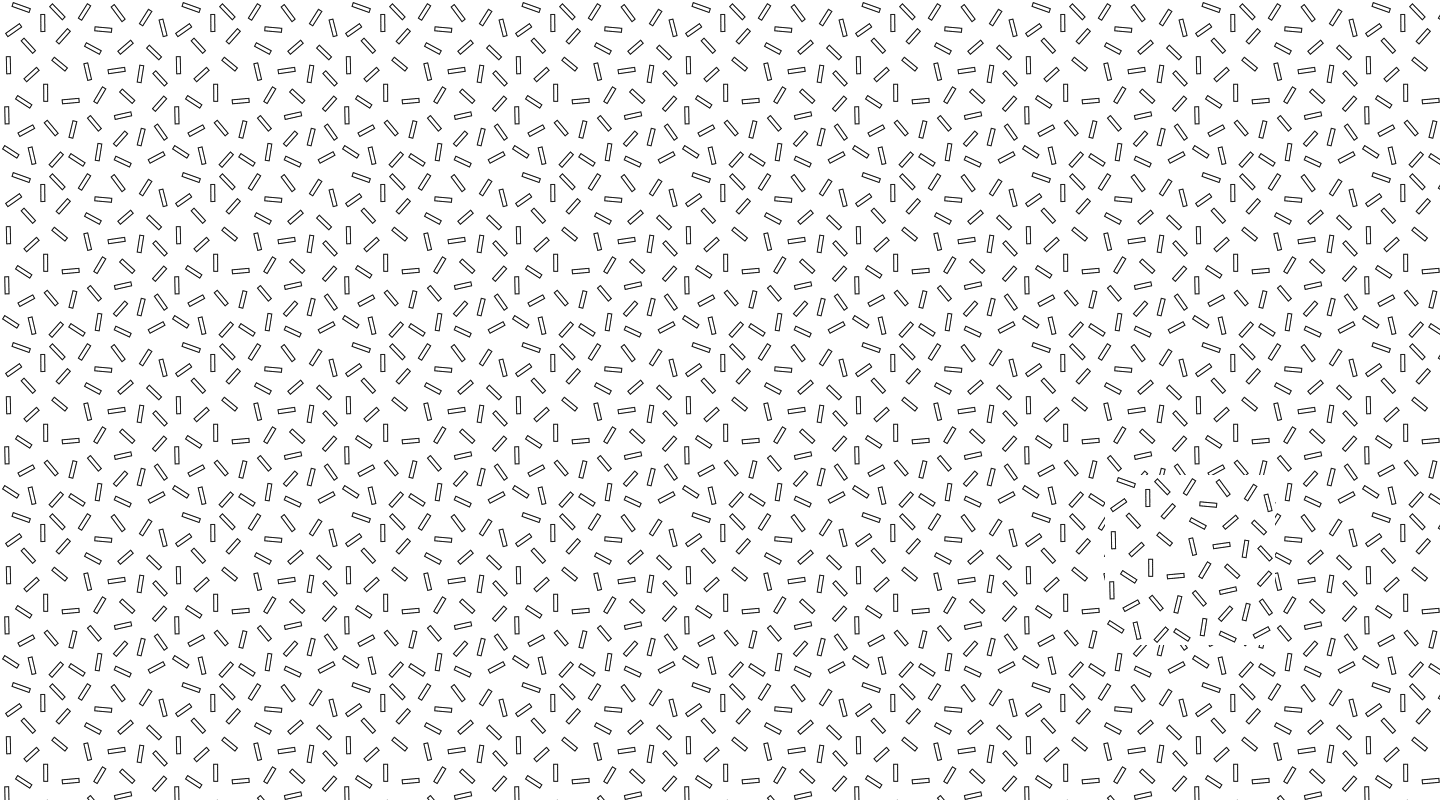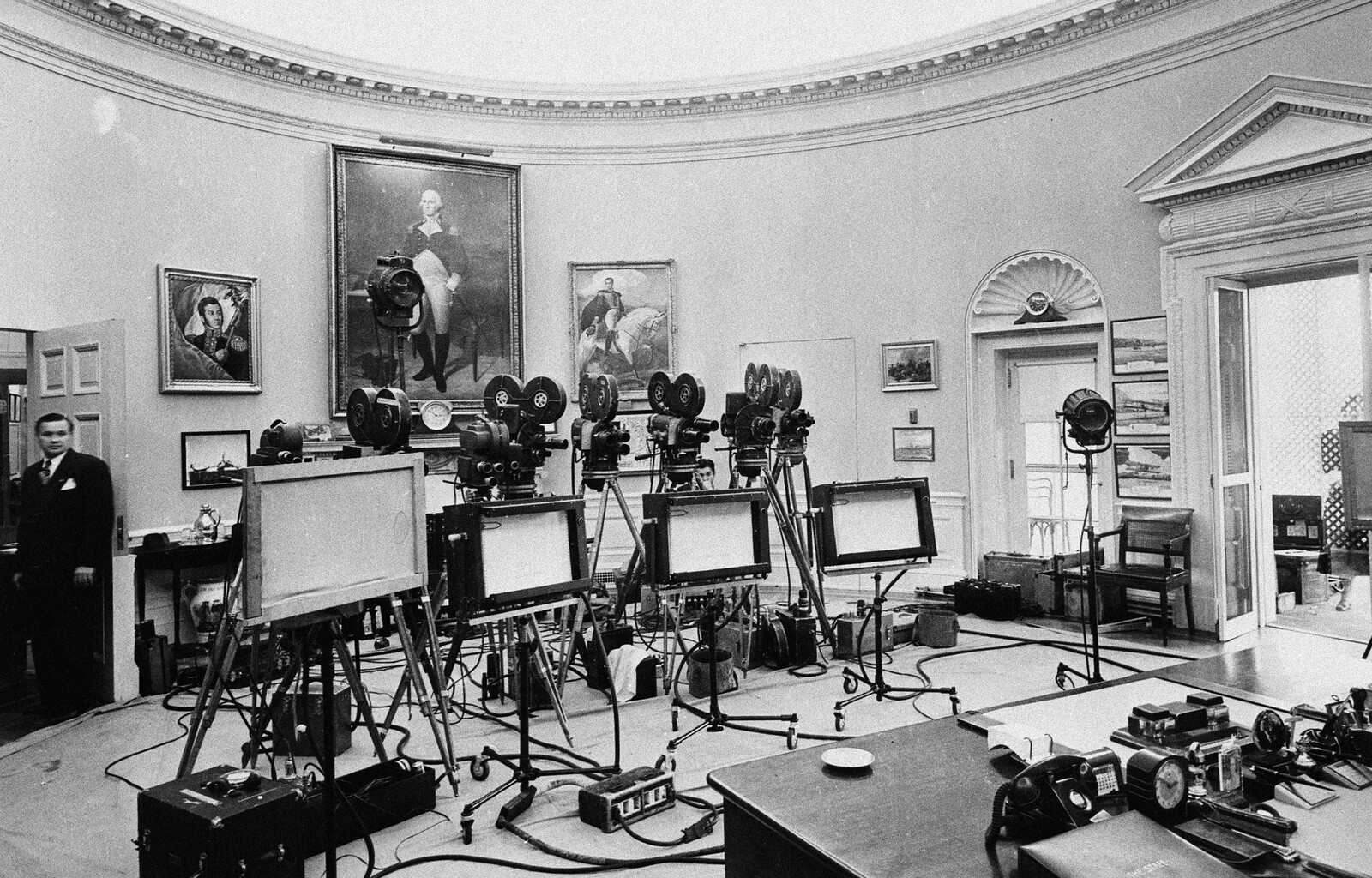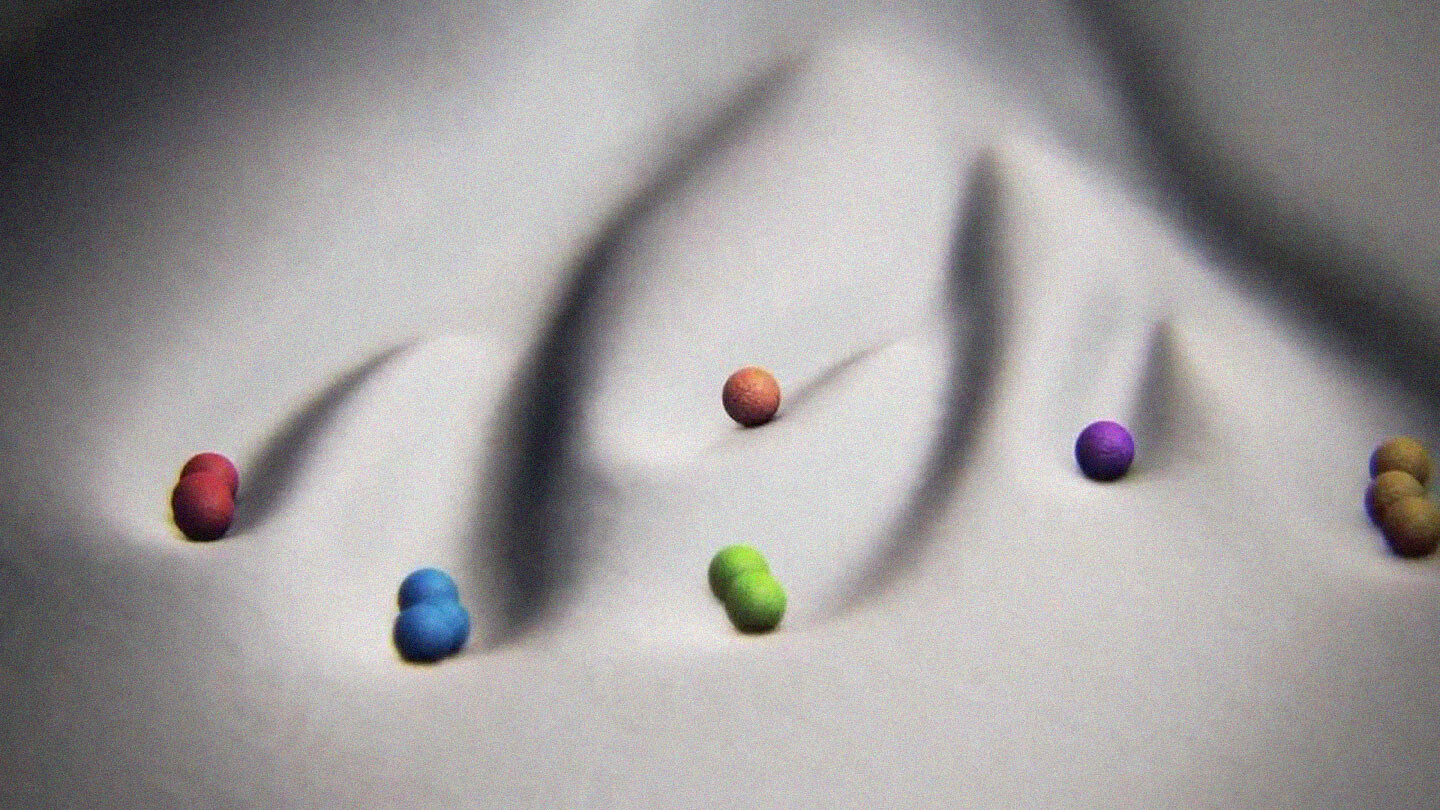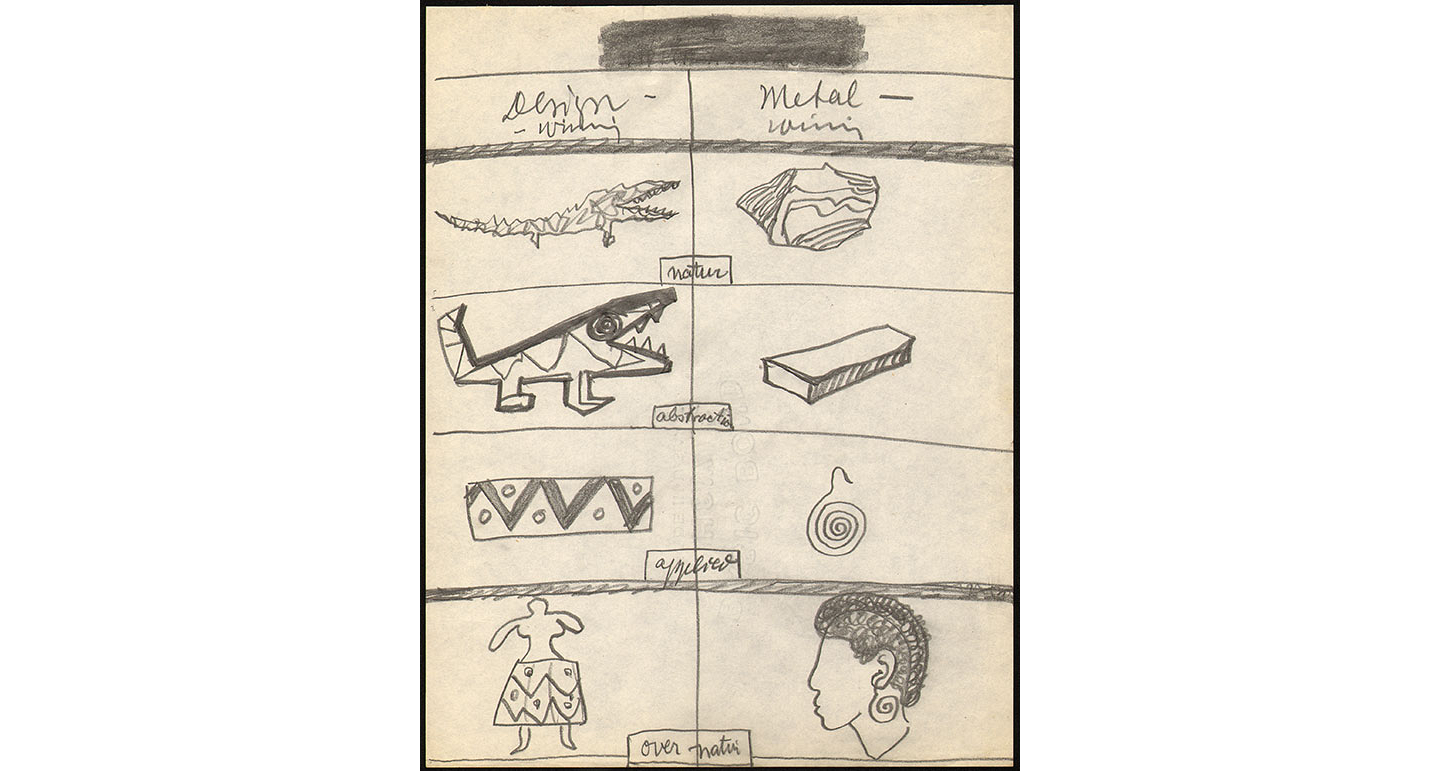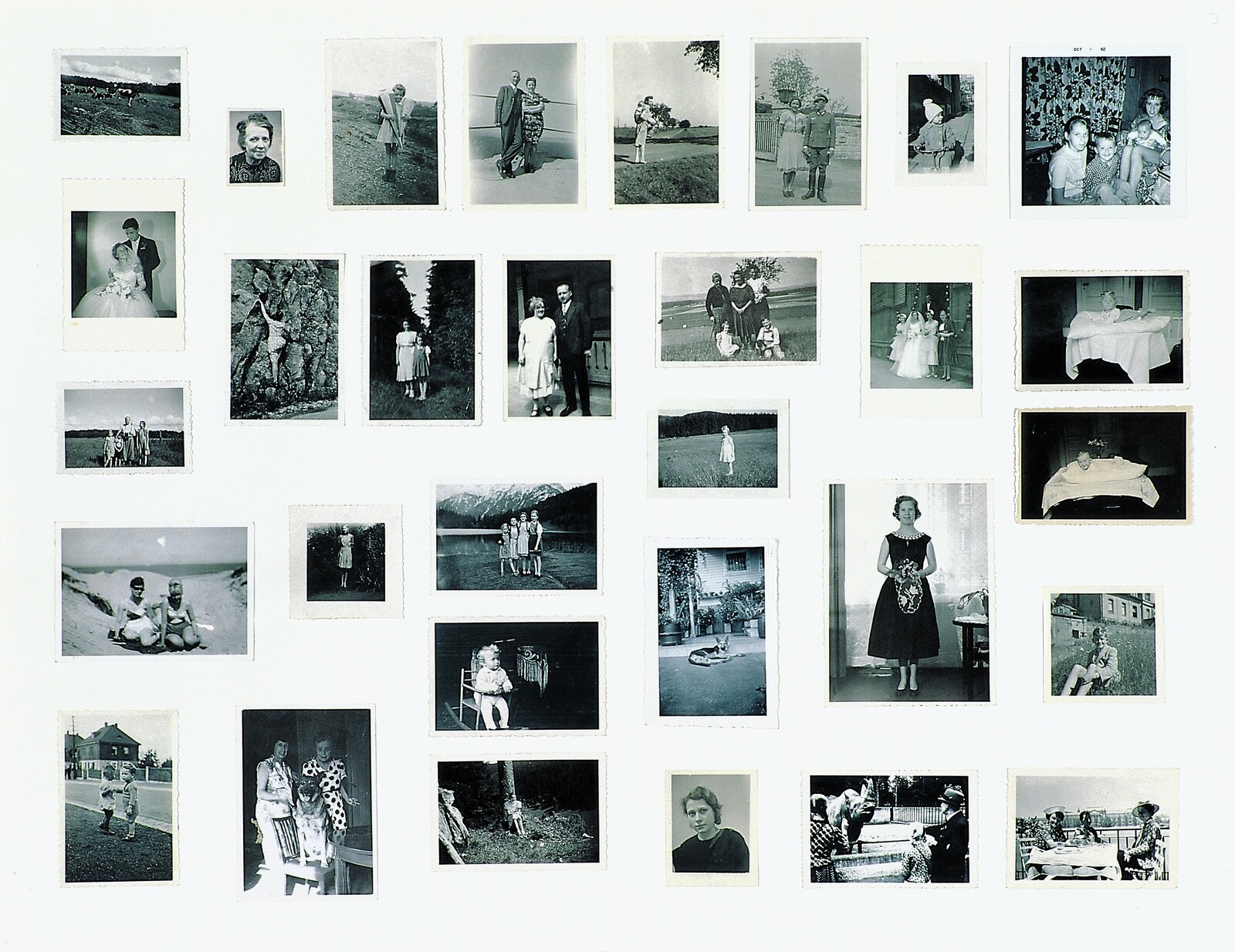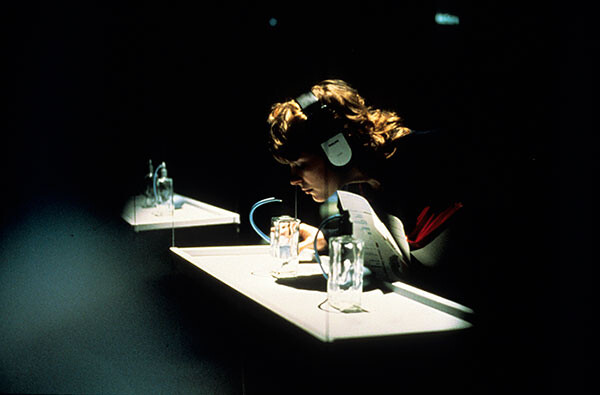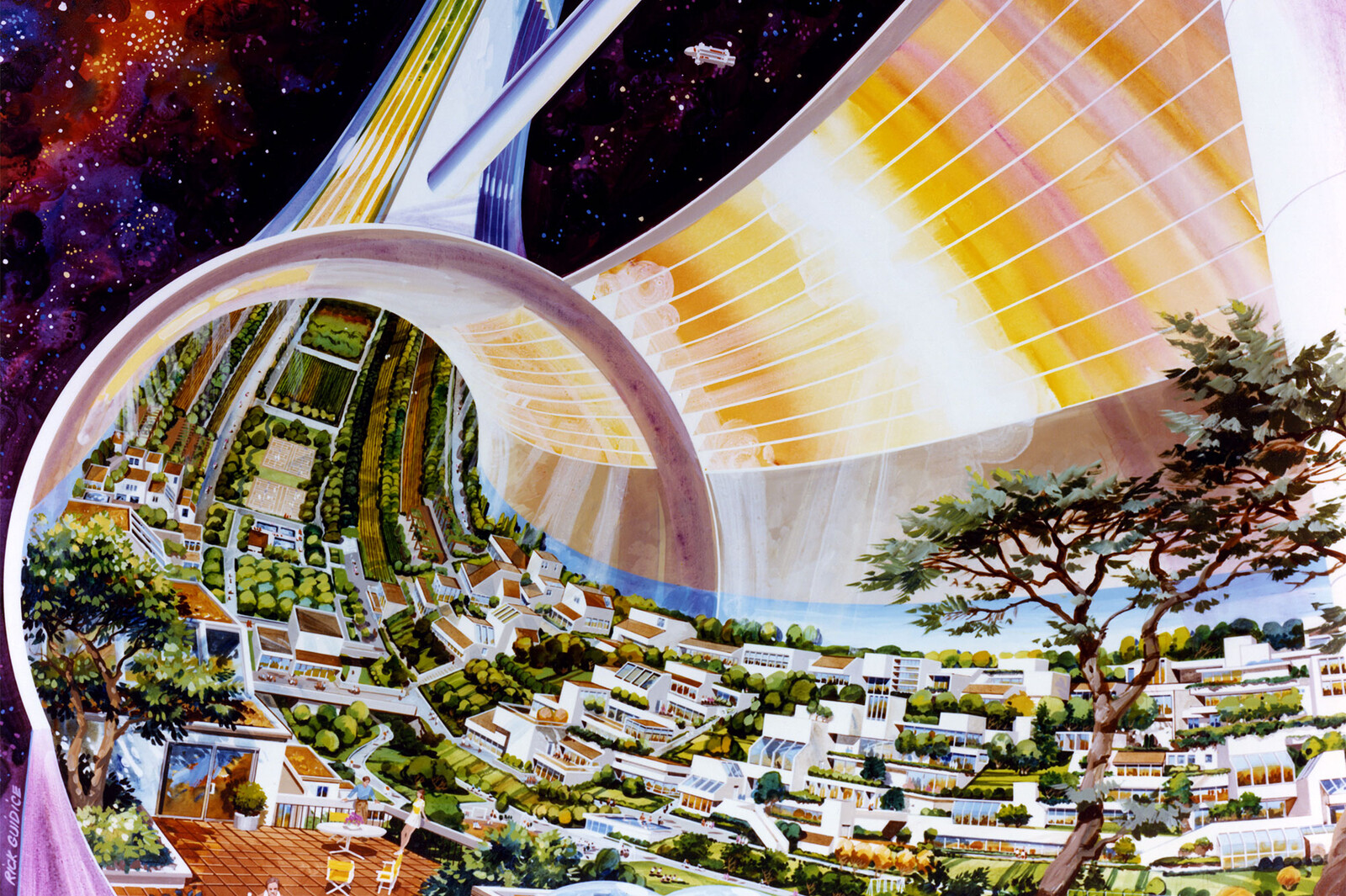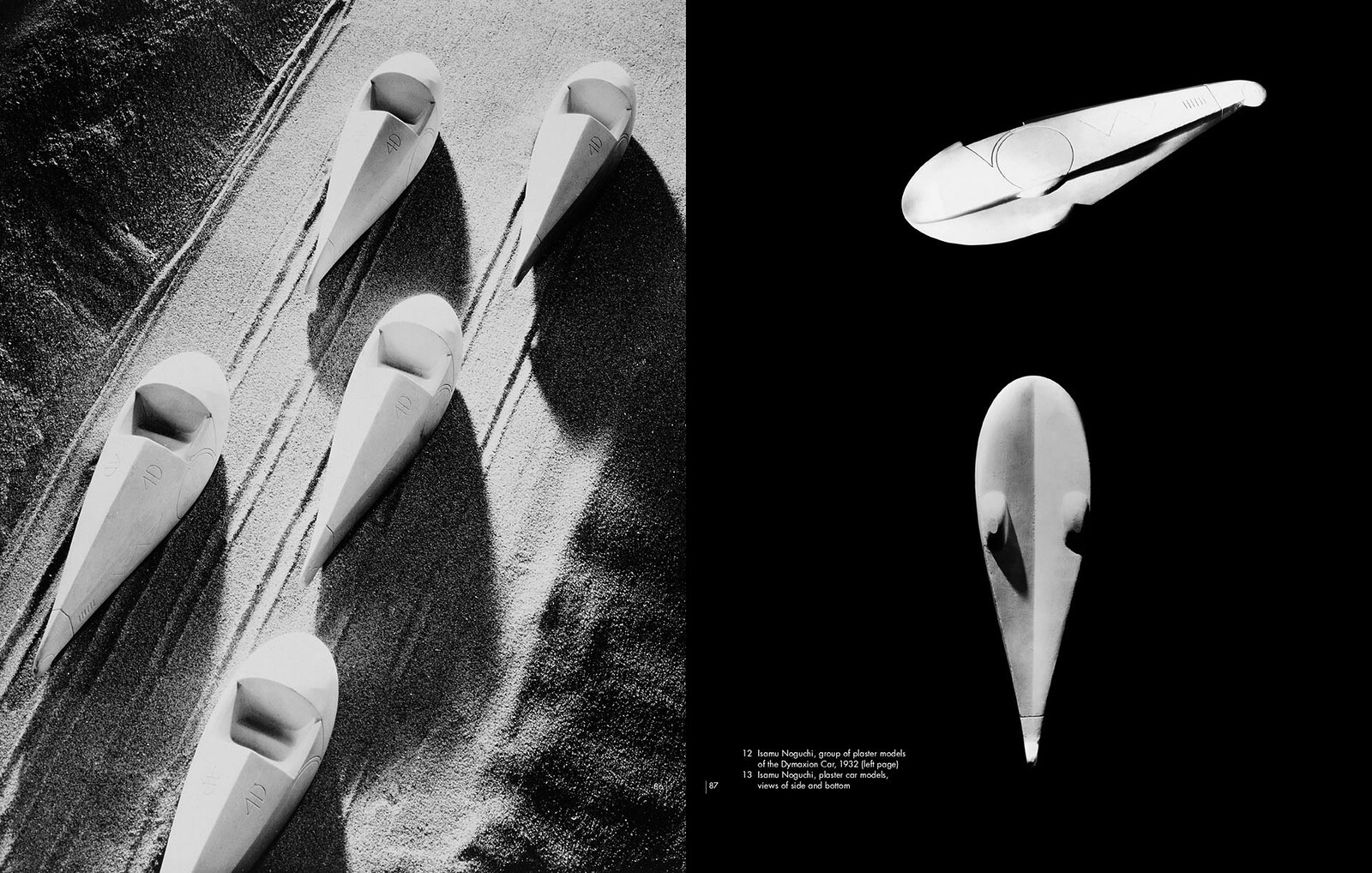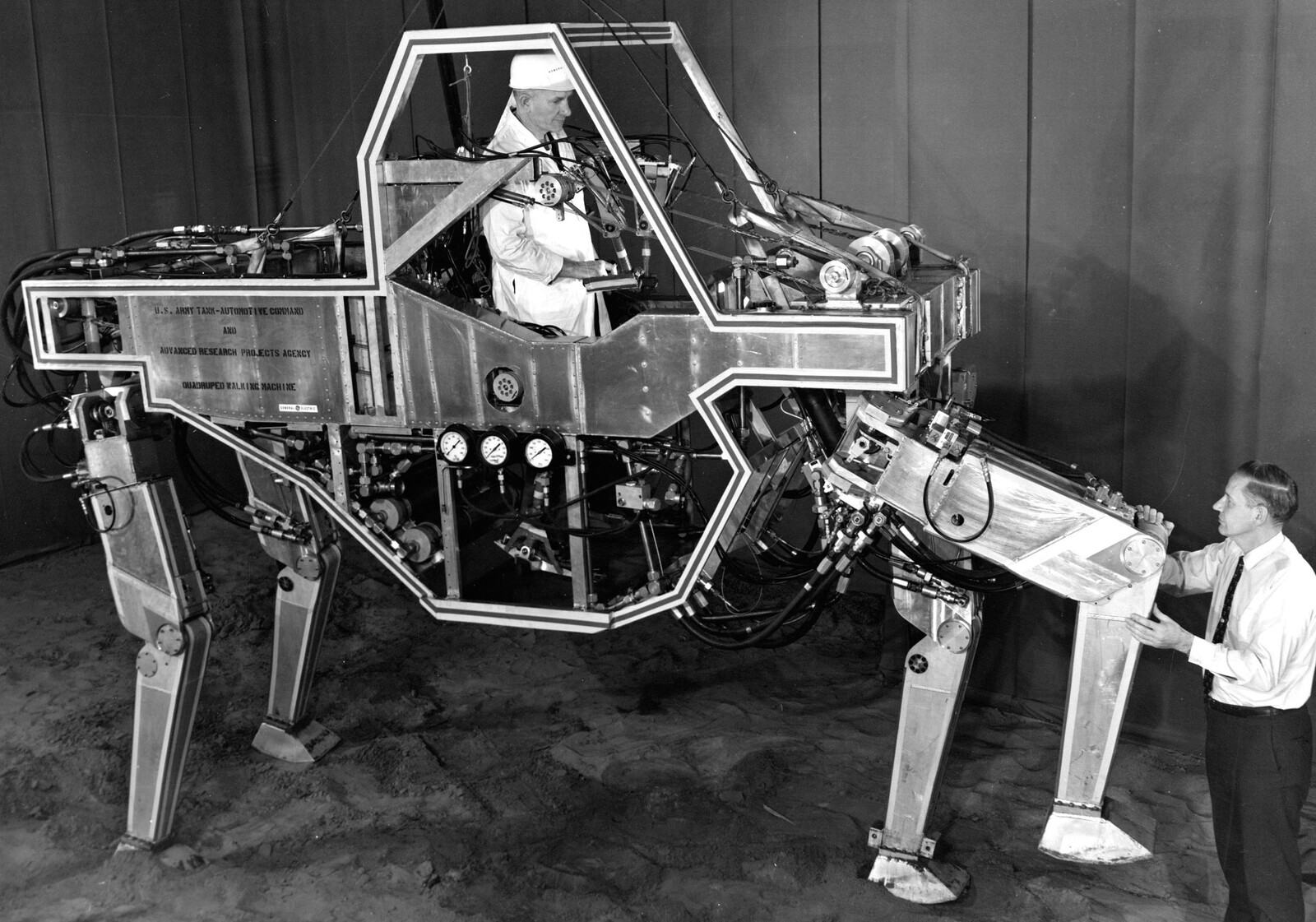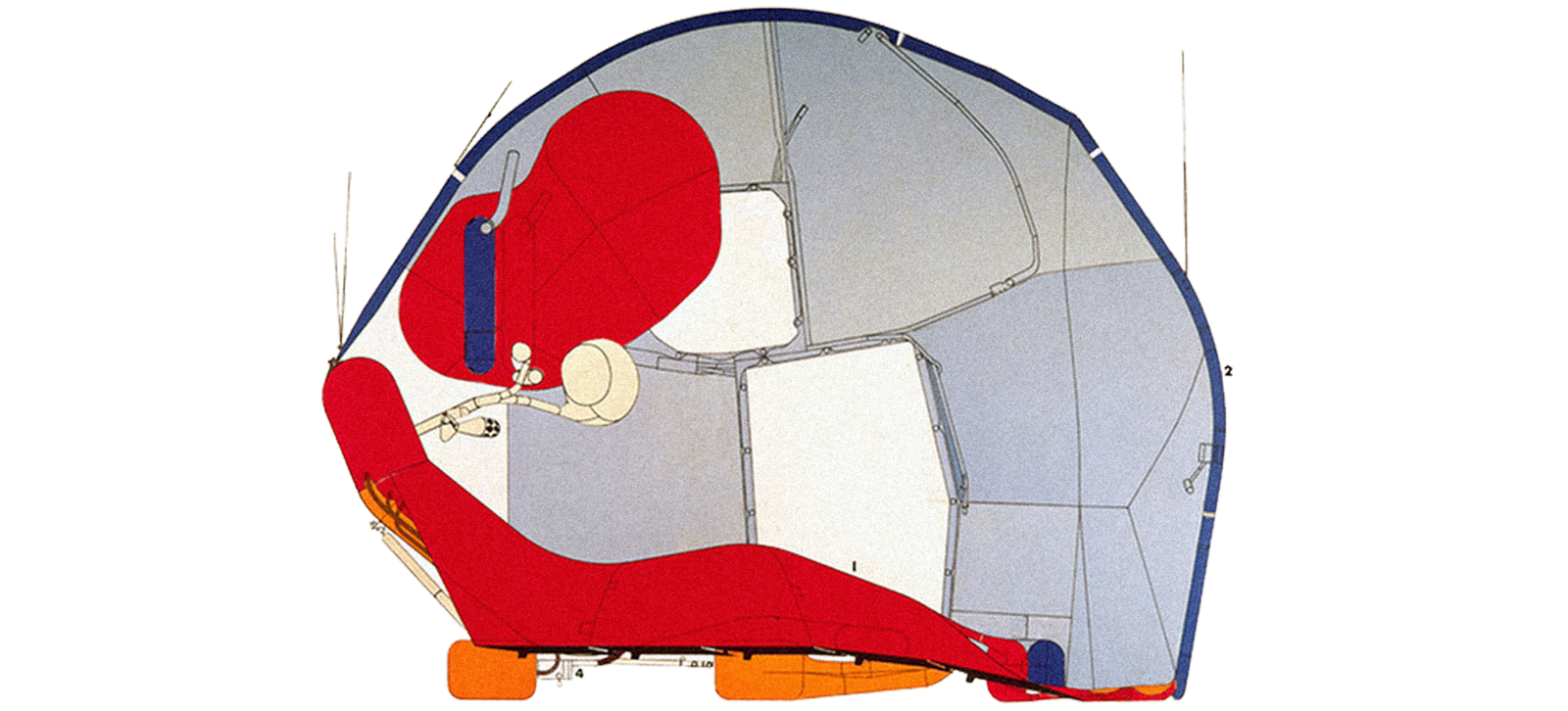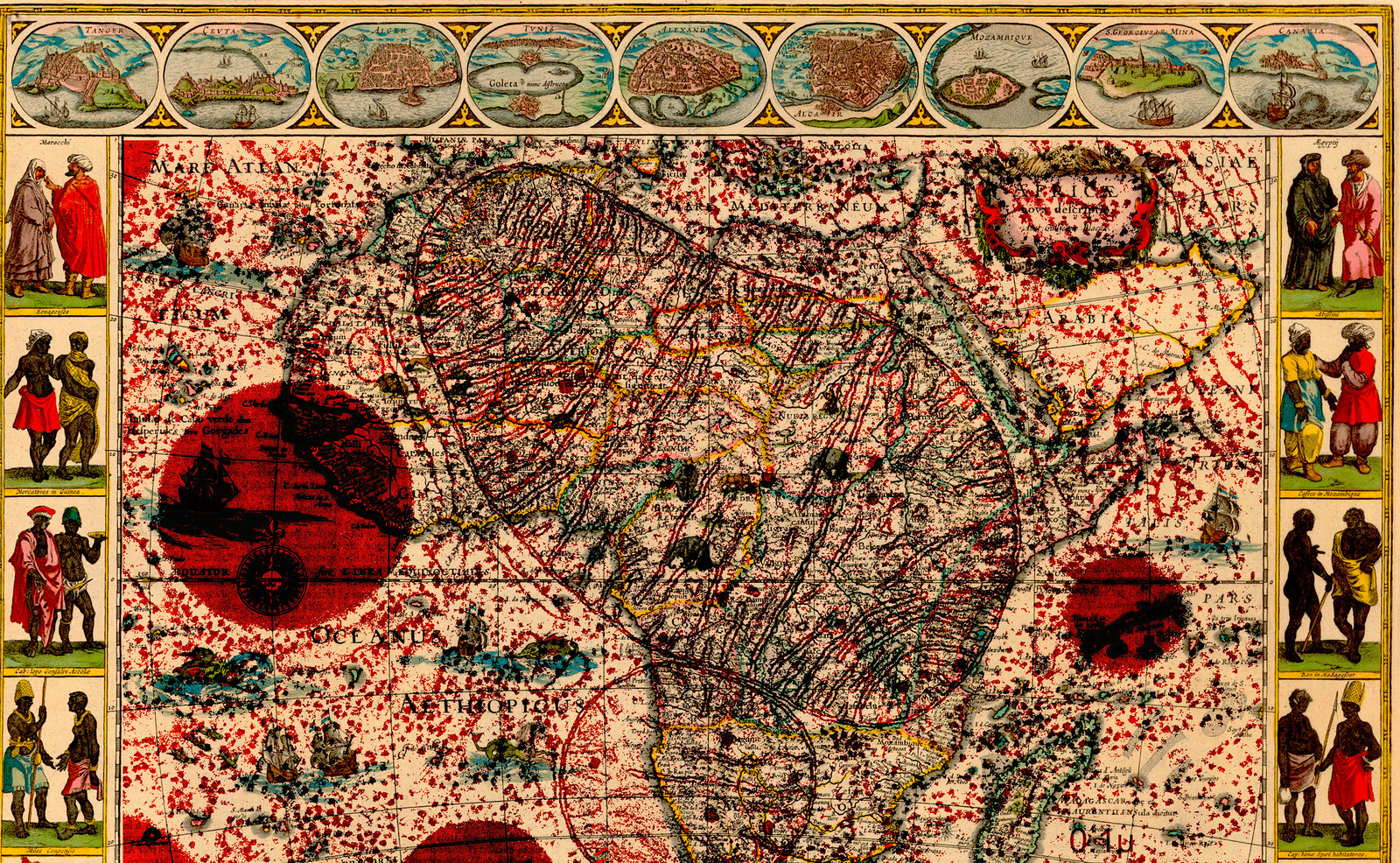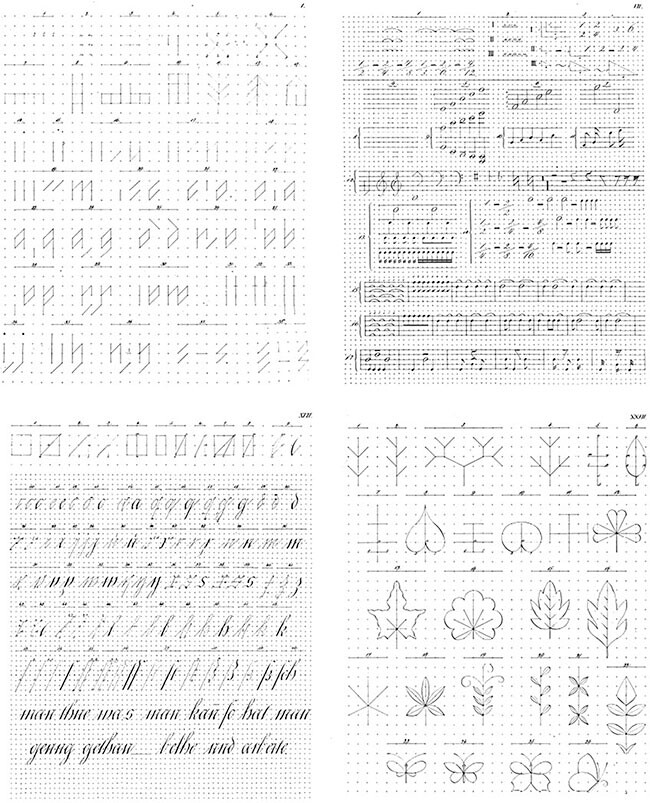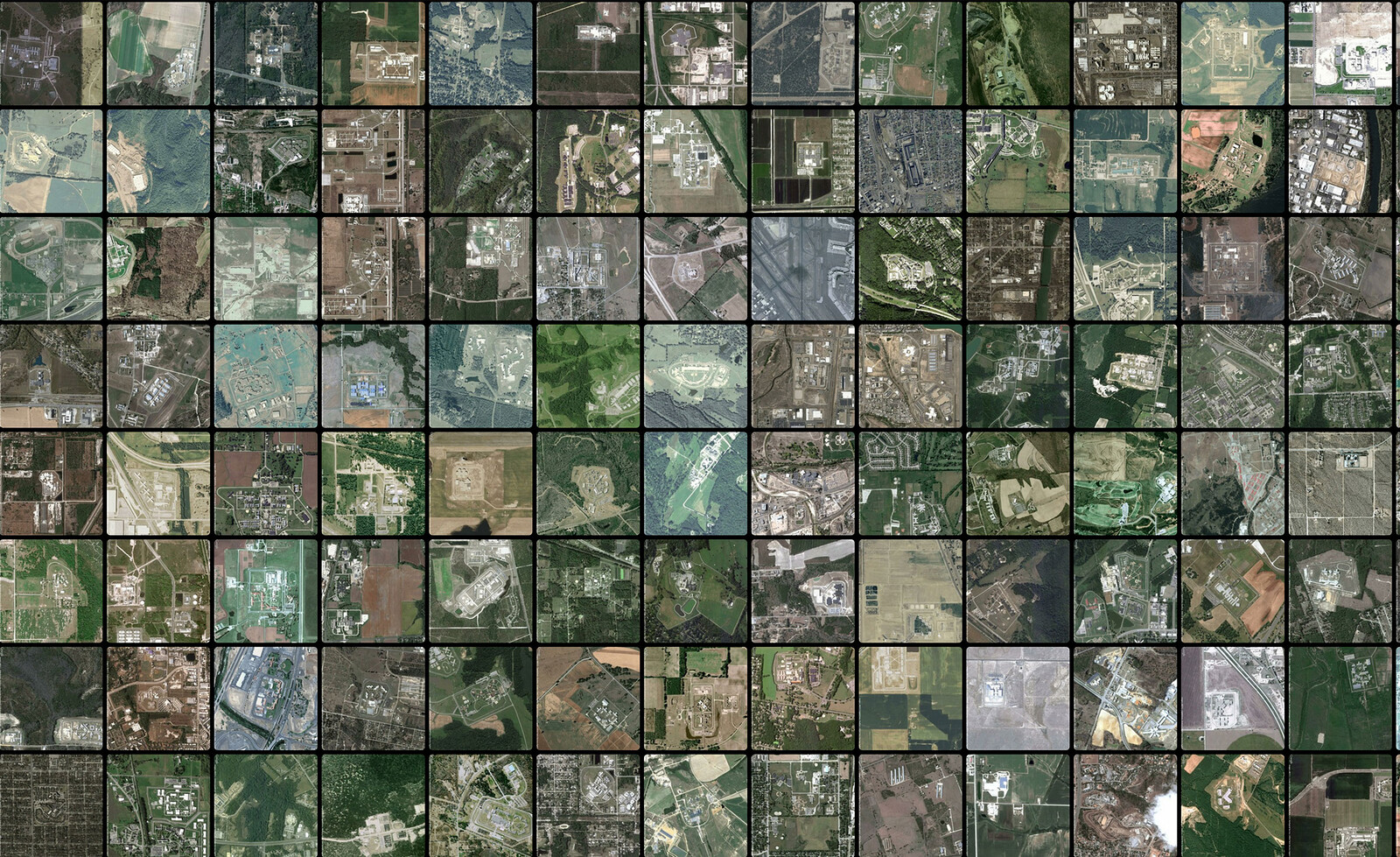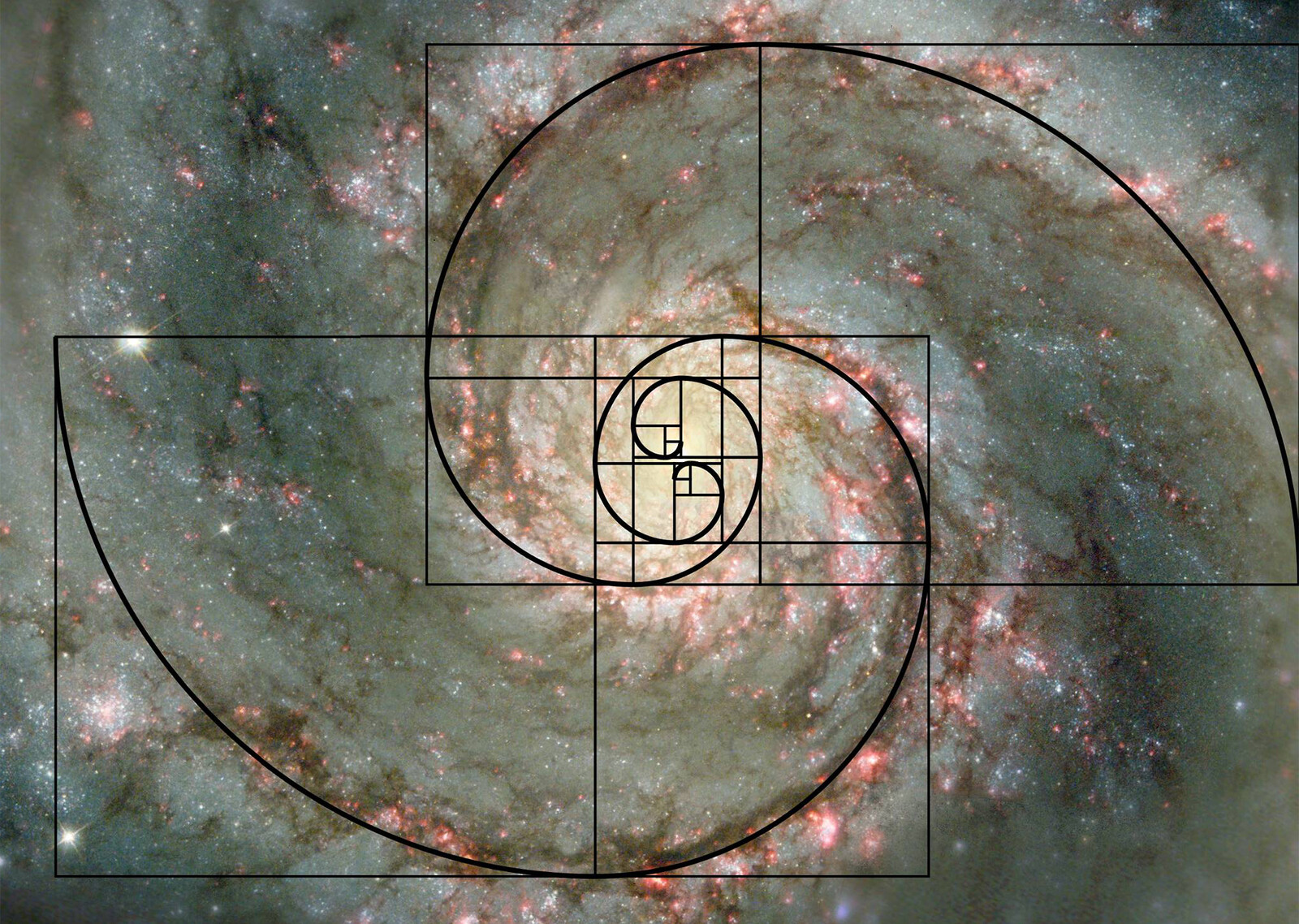Life is not what it used to be. Living things bearing genomes pared down, streamlined, or cobbled together from bits of synthesized DNA now scurry, swim, and flourish in test tubes and glass bioreactors: viruses named for computer software, bacteria encoding passages of James Joyce, chimeric yeast buckling under the metabolic strain of genes harvested from sweet wormwood, petunias, and microbes from Icelandic thermal pools.
In the final years of the twentieth century, émigrés from mechanical and electrical engineering and computer science resolved that if the aim of biology was to understand life, then making life would yield better theories than would experimentation. Many of these researchers clustered at the Massachusetts Institute of Technology (MIT) beginning in 2003. Naming themselves synthetic biologists, they advocate not experiment but manufacture, not reduction but construction, not analysis but synthesis. As a cultural anthropologist, I spent eight years talking to and working with them.
Armed with biotechnology techniques—notably, faster and cheaper methods for DNA sequencing and synthesis—this new breed of life scientists treats biological media as a substrate for manufacture, raw material that can be manipulated using engineering principles borrowed from their various home disciplines. Sequencing and synthesis allow synthetic biologists to traffic between physical molecules of nucleic acid (DNA and RNA) and dematerialized genetic sequences scrolling across computer screens. Sequencing means “reading” the strings of four nucleotide bases whose sequence constitutes DNA and RNA to compose a digital genetic “code” made up entirely of letters that stand in for the molecule (A for the nucleotide adenine, C for cytosine, G for guanine, T for thymine). Synthesis does the reverse: using elaborate genomic techniques, researchers can physically build material nucleic acid macromolecules to order on the basis of desired genetic codes.
Two synthetic biologists define their field as follows:
Synthetic biologists seek to assemble components that are not natural (therefore synthetic) to generate chemical systems that support Darwinian evolution (therefore biological). By carrying out the assembly in a synthetic way, these scientists hope to understand non-synthetic biology, that is, “natural” biology.1
In their equation of making with understanding, of synthesis with analysis, making life is not an end in itself but rather a technique for probing life’s margins. Making new life-forms also requires that researchers query seemingly commonsense terms like “natural” and “unnatural,” “biological” and “synthetic.”
By 2010, some seven years after its origins at MIT, the synthetic biology research economy had swelled considerably. As of 2006, its overall annual market was US$600 million, and between 2005 and 2010 alone, synthetic biology researchers received over $430 billion from the US government. The vast majority of synthetic biology research today occurs in Western Europe (especially the United Kingdom, Germany, and the Netherlands) and the United States (where most work is concentrated in California and New England, and Massachusetts in particular). Still, there is a thin spread of synthetic biology research across the country: in 2013 an estimated 174 American universities reported that they engaged in some kind of synthetic biology research. This research is primarily funded federally by the National Institutes of Health, the Defense Advanced Research Projects Agency, the Department of Energy, and the National Science Foundation, as well as by private organizations, universities, and venture capital.
Such organizations, which fund the lion’s share of professional synthetic biology research, are interested in the field primarily for its potential commercial applications: clean energy, bioweapons, and cheap drug synthesis. Such work often bears practical resemblances to biotechnology, synthetic chemistry, chemical engineering, and pharmaceuticals research. The most prominent—and mediagenic—example of synthetic biology is University of California, Berkeley Professor Jay Keasling’s development of a synthetic microbial pathway to manufacture inexpensive artemisinin, an antimalarial compound, for distribution in developing countries.
The difference between synthetic biologists’ impulse and earlier examples of biological experimentation is that they do not make living things in the service of discovery science or experimental research alone. Rather, making is also an end in itself. Newly built biotic things serve as answers to biological questions that might otherwise have remained unasked. They are tools with which synthetic biologists theorize what life is.
One notable synthetic biology project, for example, was aimed more at developing new synthesis techniques than a product. In 2010 synthetic biologists at the J. Craig Venter Institute (JCVI) synthesized a “minimal” organism, a single-celled, independently living entity that maintains, JCVI researchers posit, the least genetic material necessary to sustain life. JCVI announced that it had synthesized and assembled a synthetic version of the bacterium Mycoplasma mycoides genome, inserting it into Mycoplasma capricolum cells. Craig Venter exulted that his scientific team had made “the first self-replicating species we’ve had on the planet whose parent is a computer.” If synthetic biologists now define life according to its material construction, then a minimal organism is an ontologically receding horizon: it is not the simplest, smallest, or most genetically austere organism found on Earth but rather the most genetically minimal viable organism that synthetic biologists can build. Projects such as this one toy with what counts as the “limits of life,” from reverse engineering what researchers imagine to be the “first” life-form to stripping down microbes to determine a “minimal” genome.
This belief that biology can be understood through its construction is unmistakable not only in synthetic biologists’ engineering projects but also in how they talk about their goals. Rob Carlson, a synthetic biologist and garage biohacker, makes a comparison to engineering: “Understanding is defined by the ability to build something new that behaves as expected,” whether a 777 jet or a yeast cell.2 Synthetic biologist Drew Endy uses a similar analogy to physics to make the same point: “Imagine what the science around the origin of the universe might be like if physicists could construct universes. It just so happens that in biology, the technology of synthesis [allows you to] instantly take your hypothesis and compile it into a physical instance and then test it.”3
Such reasoning recalls Artificial Life founder Chris Langton’s disciplinary alibi from a decade earlier: “It’s very difficult to build general theories about what life would be like anywhere in the universe and whatever it was made out of, when all we have to study is the unique example of life that exists here on Earth. So, what we have to do—perhaps—is the next best thing, which is to create far simpler systems in our computers.”4 The Artificial Life of the 1990s and the synthetic biology of the early 2000s have much in common, not the least of which being researchers’ explicit efforts to build new instantiations of something they call “life.” Nonetheless, Artificial Life was premised on abstracting life by simulating it in computer software. Artificial Life researchers treated life as if it were a universal formal category transcending substance, material, or medium. Something different motivates synthetic biologists’ work. Most notably, they do not posit that life is a property separable from biological matter. Neither is their project mimetic: rather than imitate life, they construct new living kinds. Life’s synthesis, in synthetic biology, forwards biological analysis, even as analysis conditions what gets synthesized and why.
Many synthetic biologists quote Richard Feynman, who scribbled on his Caltech blackboard just before his death: “What I cannot create, I do not understand.”5 This quotation is “a favorite among synthetic biologists—and for good reason,” because “synthetic biology is the pursuit of comprehending biological systems by trying to engineer them.”6 Feynman’s phrase would later be misquoted when coded and inserted into the genome of one of Venter’s synthesized microbes. Endy also paraphrases Feynman when he says, “As a biological designer, until I can actually design something, I don’t understand it.”7 Making has operated hand in glove with knowing since seventeenth-century Baconian mechanical philosophy dispensed with natural philosophy to experiment on the natural world. Experimentalists and artisans joined theoria to practica, and contemplation served instrumentation. Yet the ubiquity of “maker’s knowledge” and artisanship in modern science has since largely been forgotten, especially in the mid- to late twentieth century, when scientific disciplines were divided into “pure” and “applied” research. Synthetic biology is the latest instantiation of a centuries-long debate as to whether nature may be known through artifice.
Can genomes be “refactored” and streamlined to function like software code? Yes, synthetic biologists answer, because we have generated just such a bacteriophage. Can a living thing be fragmented into parts, and from a library of parts, can an organism be assembled? Yes, they say, because we have made standardized biological parts. What is the minimal system that is viable and free-living? The one we ourselves have made, they respond. Can species be defined beyond the continuous unspooling of biological generations? Yes, because we can revive species already extinct. Synthetic biologists make new living things in order better to understand how life works. Yet making recursively loops theory: the new living things biologists make function as “persuasive objects” that materialize theories of what synthetic biologists seek to understand about life. In short, the biological features, theories, and limits that synthetic biologists fasten upon are circularly determined by their own experimental tactics, which they then identify with the things they have made.
Biology has always been, since its inception and by definition, an inquiry into what life is. Michel Foucault claimed that “life itself” is a category that “did not exist” prior to the end of the eighteenth century: “Life does not constitute an obvious threshold beyond which entirely new forms of knowledge are required. It is a category of classification, relative, like all the other categories, to the criteria one adopts.”8 That is, biology as a discipline was warranted by a classificatory decision: carving up the world into the organic and the inorganic, differentiating between the vital and the lifeless, and insisting that the living world demanded a science of its own.
Yet following Foucault’s phrasing, if life did not precede the late eighteenth century, perhaps it did not survive the twentieth century. “Life” as an analytic object has come undone. Seeking answers, synthetic biologists build new living things, and in so doing they retroactively define what counts as “life” to accord with the living things they manufacture and account to be living. The organisms conceived by these mechanical and electrical engineers-cum-biologists, then, are altogether different from the creatures built by biotechnologists: while some are made to serve discrete pharmaceutical or agricultural functions, many of them are made as a way of theorizing the biological. Rather than being the common denominator of all living things, “life” has (once again) become a problem of ontological limits and discontinuities. As such, analyses of life are newly simultaneous with and enabled by synthesized instantiations of it.
Just as genetic synthesis and sequencing are terms of art for the technologies that drive synthetic biology, synthesis and analysis are joined philosophical modes of reasoning underwritten by these paired technologies. Making stuff—synthesis—has become a mode of analysis, a way of theorizing the biological. This convergence is recognizable to synthetic biologists, who explain what they are doing to themselves and to others as building living things in order to understand life better. When technical and epistemic knowledge of life converge, the objects of synthetic biology function as persuasive objects. They convince synthetic biologists that life is marked by the qualities—technical, substantive, and social—that they ascribe to it. That is, biological analysis either precedes or is simultaneous with biological manufacture. This sort of active, interested making is endemic to the sciences of our time.
At a time when biology is recognized as more complicated than midcentury molecular biologists or 90s-era Human Genome Project scientists ever could have anticipated, synthetic biologists respond by coaxing new creatures into recombinant life. These brave new organisms grow, mutate, metabolize, divide, and senesce, yet they also speak eloquently of their times, of nature and artifice, of analysis and synthesis, of life and its limits.
Steven A. Benner and A. Michael Sismour. “Synthetic Biology.” Nature Reviews: Genetics 6, no. 7 (2005): 533–543.
Rob Carlson, MIT lecture, Cambridge, MA (7 November, 2008).
Alok Jha, “From the Cells Up.” Guardian, (10 March, 2005).
Linda Feferman, Simple Rules … Complex Behavior. Santa Fe, NM (1992), Video. Langton quoted in Stefan Helmreich, Silicon Second Nature: Culturing Artificial Life in a Digital World (Berkeley: University of California Press, 1998), 90.
Richard Feynman, “Feynman’s Office; the Last Blackboards.” Physics Today 42, no. 2 (1989): 88.
Peter A. Carr and George M. Church, “Genome Engineering.” Nature Biotechnology 27, no. 12 (2009): 1151–1162.
Science is Culture: Conversations at the New Intersection of Science and Society, ed. Adam Bly (New York: Harper Collins, 2010): 71.
Michel Foucault, The Order of Things (New York: Vintage Books, 1970), 175.
Superhumanity is a project by e-flux Architecture at the 3rd Istanbul Design Biennial, produced in cooperation with the Istanbul Design Biennial, the National Museum of Modern and Contemporary Art, Korea, the Govett-Brewster Art Gallery, New Zealand, and the Ernst Schering Foundation.
Category
Subject
This text is excerpted from the opening chapters and reprinted with permission from Synthetic: How Life Got Made by Sophia Roosth, forthcoming in March from the University of Chicago Press. All rights reserved.
Superhumanity, a project by e-flux Architecture at the 3rd Istanbul Design Biennial, is produced in cooperation with the Istanbul Design Biennial, the National Museum of Modern and Contemporary Art, Korea, the Govett-Brewster Art Gallery, New Zealand, and the Ernst Schering Foundation.

